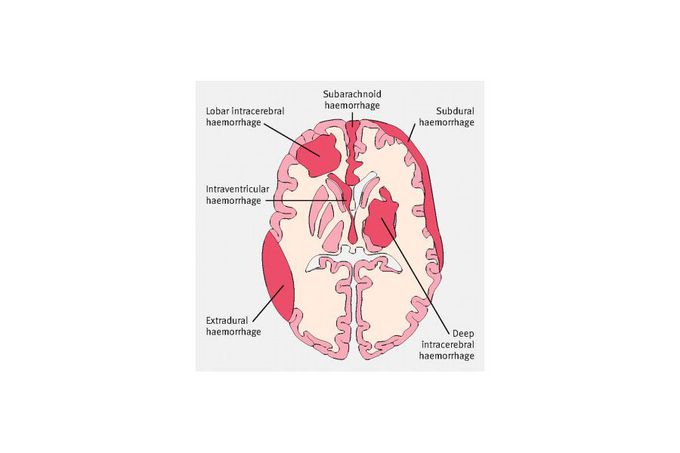


Management of intracranial hemorrhage
Hematomas that are small and produce no signs or symptoms don't need to be removed. However, signs and symptoms can appear or worsen days or weeks after the injury. As a result, you might have to be watched for neurological changes, have your intracranial pressure monitored and undergo repeated head CT scans. If you take blood-thinning medication, such as warfarin (Coumadin, Jantoven), you may need therapy to reverse the effects of the medication. This will reduce the risk of further bleeding. Options for reversing blood thinners include giving vitamin K and fresh frozen plasma. Surgery Hematoma treatment often involves surgery. The type of surgery depends on the type of hematoma you have. Options include: Surgical drainage. If the blood is in one area and has changed from a solid clot to a liquid, your doctor might create a small hole in your skull and use suction to remove the liquid. Craniotomy. Large hematomas might require that a section of your skull be opened (craniotomy) to remove the blood.

